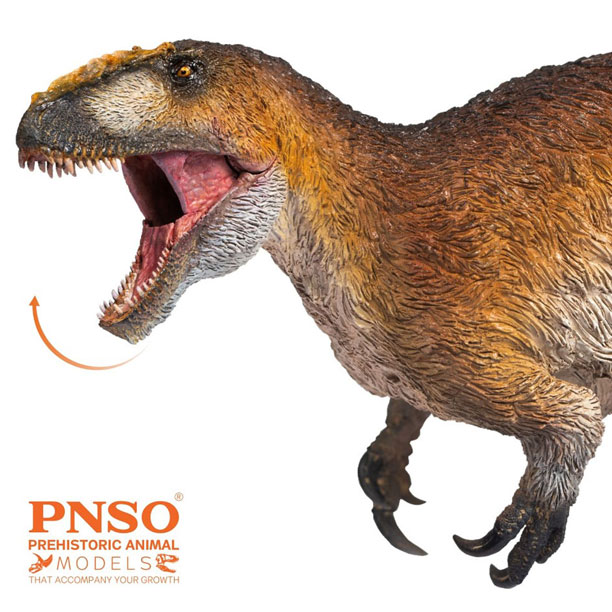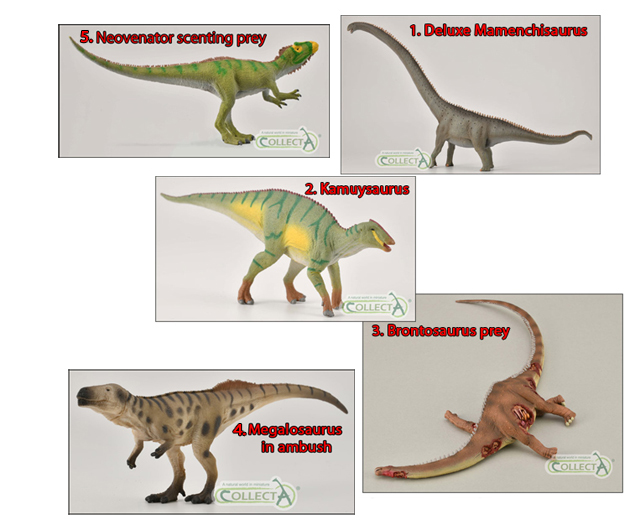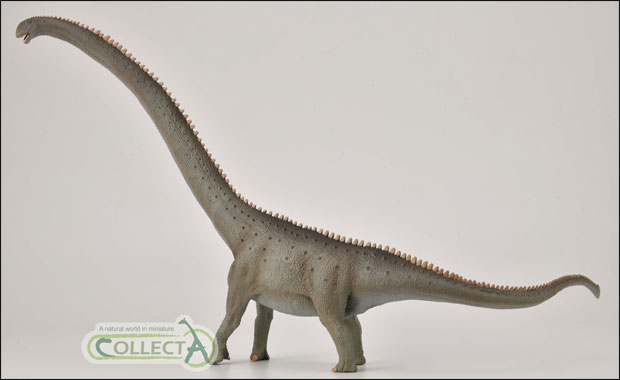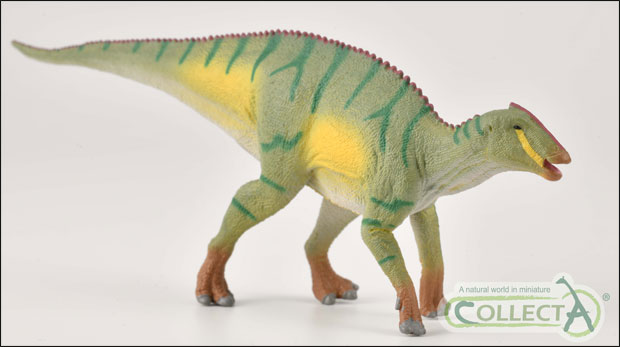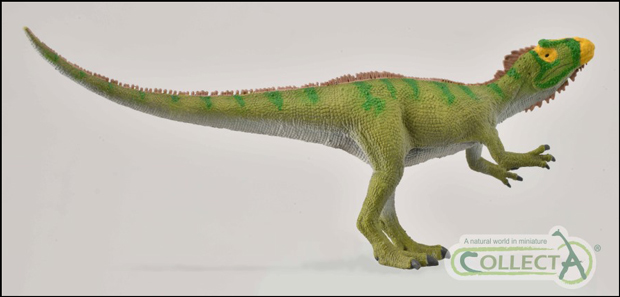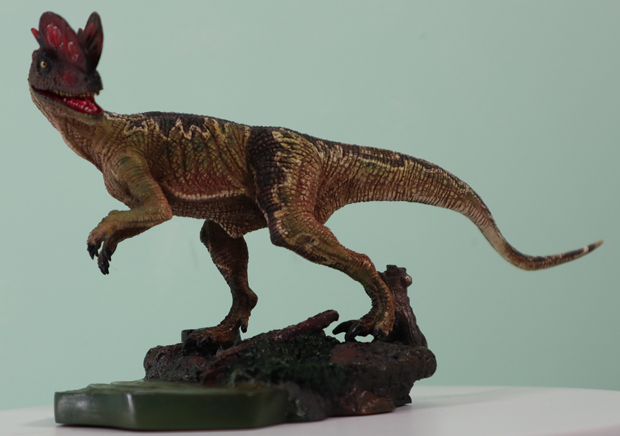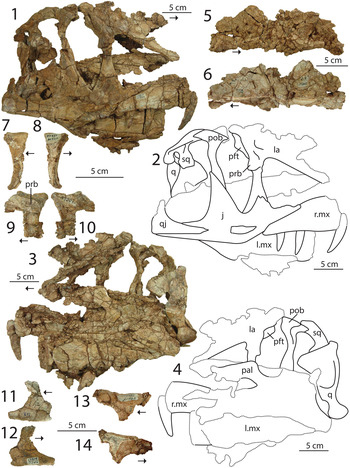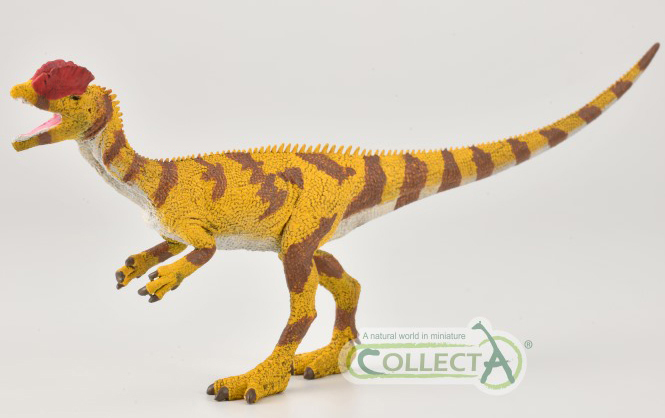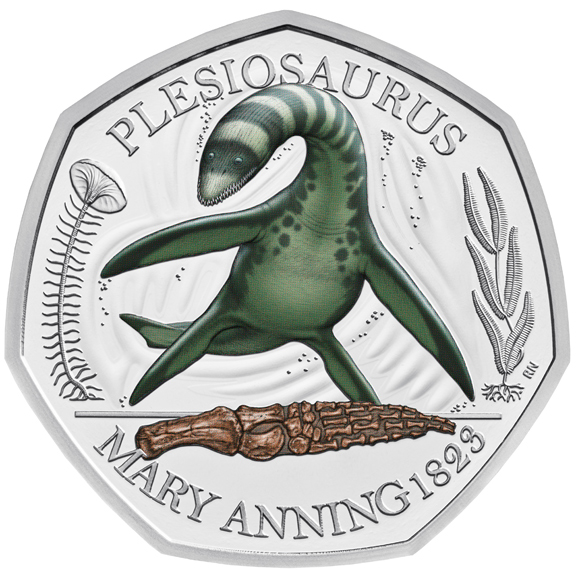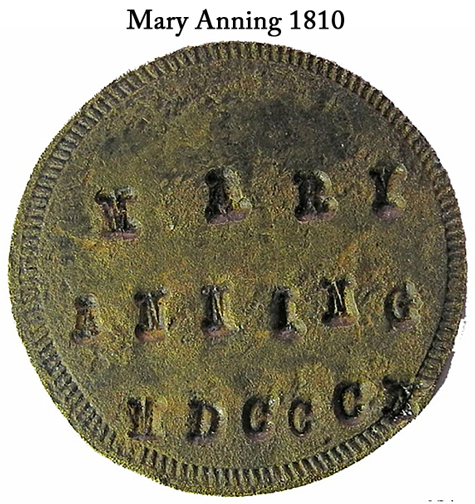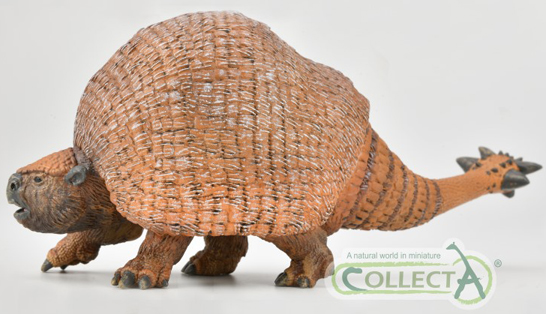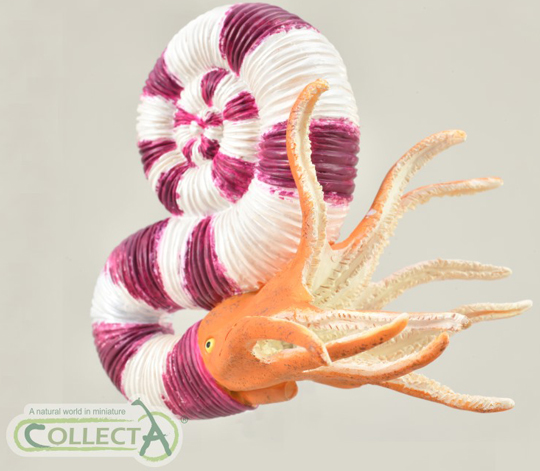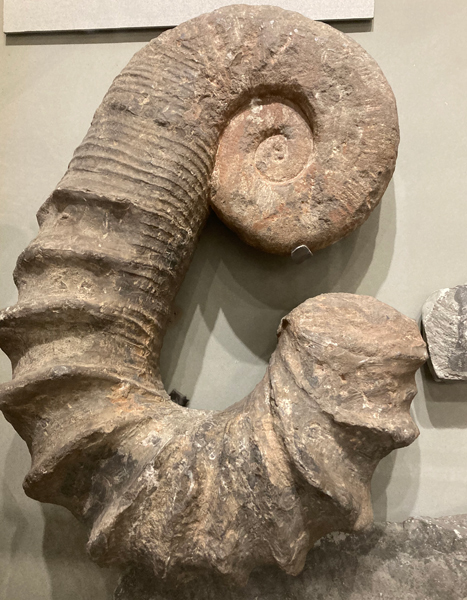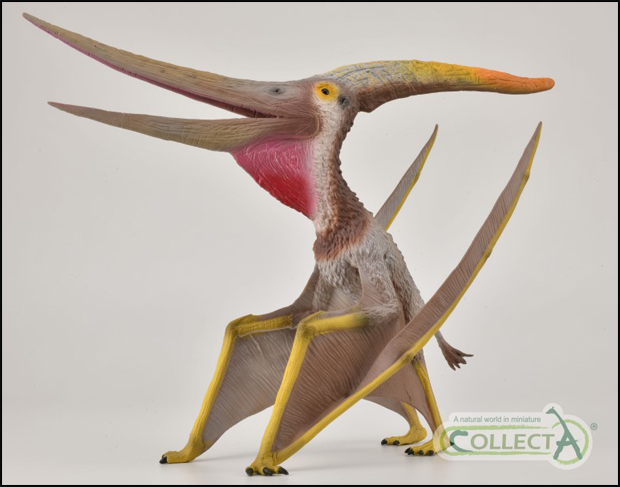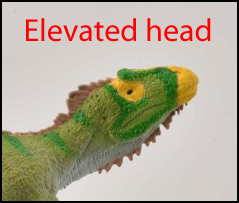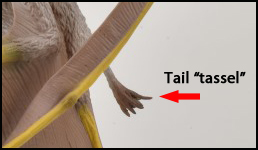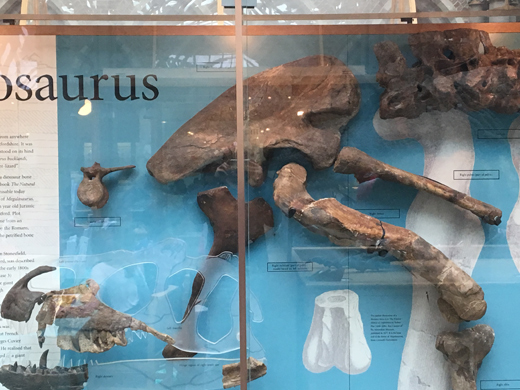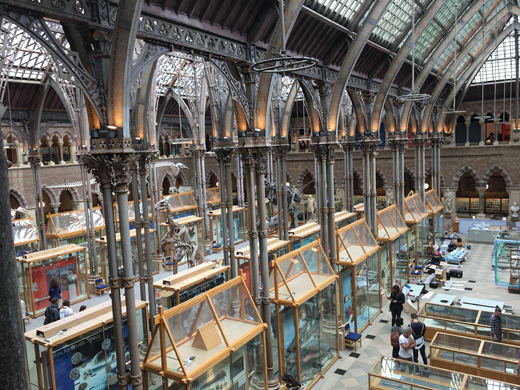PNSO Yinqi the Yutyrannus Reviewed
Our thanks to William who sent into Everything Dinosaur a detailed review of the PNSO “Yinqi” the Yutyrannus dinosaur model. William has been busy writing reviews on his recent PNSO prehistoric animal acquisitions. He is becoming an avid fan of the PNSO mid-size model range.
The Yutyrannus (Y. huali), is just one of several theropod models that have been introduced by PNSO this year.
Dinosaur Model Review
Here is William’s review of his latest PNSO acquisition:
PNSO 2021 Yutyrannus huali “Yinqi”.
1/30-1/35 scale model.
Length: 10 inches.
Height: 4.1 inches.
Box: Standard white PNSO issue with the acrylic stand and a beautiful booklet.

Looking at the Head and the Articulated Jaws
William starts his review by looking at the head and the jaws of the Yutyrannus figure. He comments on the bare snout and highlights the fine detail of the scales and the well-defined nostrils, before declaring the orange nasal crest as “a stunner”. The lacrimal horns are praised and he states:
“What a fantastic, feathered head sculpt, you will not find anywhere else, kudos to PNSO we have a Yutyrannus finally.”
William also commented on the eye colouration and the black skin folds encircling the orbits. Turning his attention to the jaw, he stated that the jaw of the dinosaur model is fully articulated and opens quite wide to show off wonderful white teeth which are displayed in a lipless mouth. The painting of the interior of the mouth was extolled and he exclaimed:
“The tongue sits flat to the bottom of the mouth and looks great with detailed nasal passages in the roof of the skull.”
Reviewing the Limbs of “Yinqi” the Yutyrannus
When compared to the reduced forelimbs of T. rex or Tarbosaurus, the arms of the tyrannosauroid Yutyrannus look powerful, each hand is armed with three robust claws and William suggests that these claws were used to hold onto or despatch prey. Even though the arms are feathered, the sculpting team at PNSO have taken care to give the impression of powerful muscles under the plumage, a point that William remarks upon. He also comments on the strong, muscular legs of the model with their large dewclaws and the padded soles of the feet.
The rough, shaggy integumentary covering providing excellent insulation for this large dinosaur in its harsh, temperate climate.
To read Everything Dinosaur’s 2012 blog post about the discovery and scientific description of Yutyrannus: One Tonne Basal Tyrannosauroid.
A Hunter Sniffing Out Prey
The review looks at the torso of the figure and the feather impressions covering the body are discussed.
William praises the pose of the figure remarking:
“The pose is that of a hunter sniffing out prey in a forward motion with the head posed to spot movement. Truly this figure is a wonder to behold.”
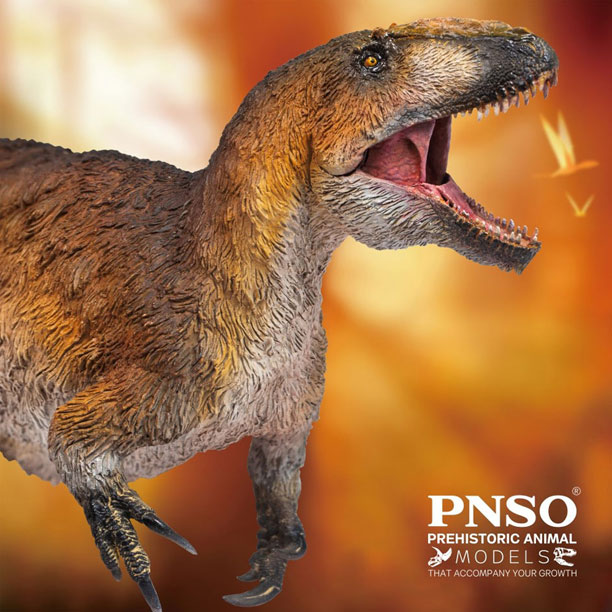
Painting a Prehistoric Animal
The choice of colour scheme is lauded in William’s review. He states that the tips of the jaws are black, but this colour gradually softens and lightens towards the posterior end of the jawbones. He praises the contrasting white of the jowls and the chest area of the model. The main body colour is described as “a rich golden wheat of varied shades from dark to light”.
William also highlights the dark wash that runs over the back along the spine to the end of the tail, which is painted a dun colour.
As with previous reviews, William concludes by providing some further information on the dinosaur.
Discovery and History
Temporal Period: Early Cretaceous of the Liaoning Province: 125 million years ago.
Yutyrannus huali “Beautiful Feathered Tyrant”.
The adult was 29.5 ft with a weight of 1.1 tonnes around the weight of Megalosaurus.
First described and named in 2012 by Xu Xing from a trio of nearly complete fossil remains representing an adult with a subadult and a juvenile tagging along on maybe its first hunt. All three have been captured for all time.
A great pity those that had discovered the specimens cut them into square sections for ease of transport to a dealer from the Batu Yingzi quarry. Imagine what more could have been learned from where they were unearthed.
The palaeoenvironment that Yutyrannus inhabited would have been similar to the temperate forests of the Pacific Northwest of the USA/Canada – warm and wet in summer and harsh in the winter but Yutyrannus was well-insulated thanks to its thick, saggy coat.
In concluding his review William stated:
“PNSO 2021 Yutyrannus huali “Yinqi” another great addition to their ever-expanding theropod line but a unique edition to own a fully feathered natural looking Tyrannosauroidea and presently the world largest feathered dinosaur”.
To view the range of PNSO models and figures in stock at Everything Dinosaur: PNSO Age of Dinosaurs.



